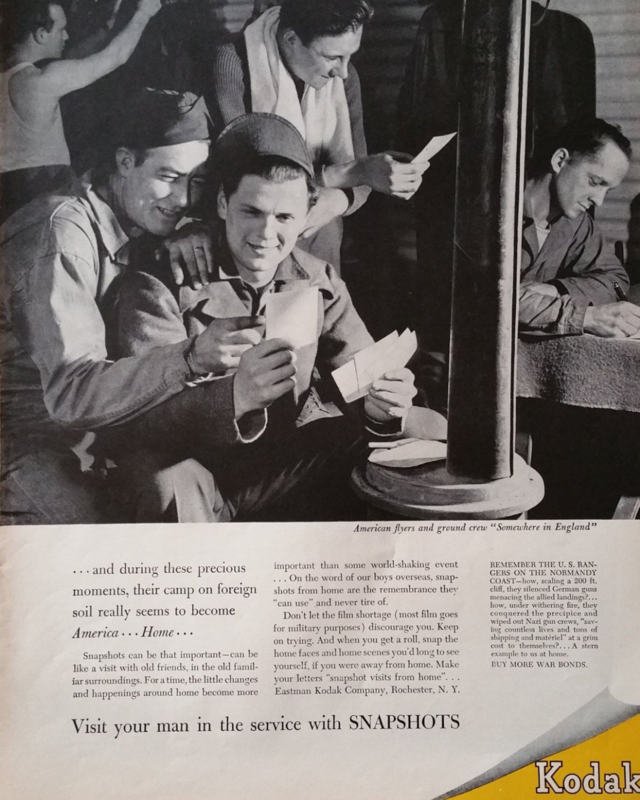We are surrounded by imagery, much of it used to sell stuff. But how much of it is selling something you really need, rather than something you’d like to have? Photographs play an important role in advertising and marketing because they can tell a story. Nowadays, consumers are very visual - therefore, only the images that stand out can really capture their attention. Here we share how to shoot great advertising photographs.
What is Advertising Photography?
Good advertising photography persuades you to purchase something that you don’t really need. It works by putting products, goods or services in front of an audience, and then convincing them to be interested.
To achieve this, the successful advertising photographer uses a mixture of photographic skill and an understanding of psychology.

Image: Heinz.
Emotional connection
The most powerful connection between customers and products is an emotional one. If you can create a photograph that conjures up a mental image such as a happier life, a better home, or a fond memory, rather than just showcasing the product, the customer will form an emotional link and be far more likely to make a purchase.
The commissioning company identifies customer aspirations. The photographer uses those to promote the product. Whether it’s making life easier, environmental awareness or having fun, that’s what sells the product. By tapping into their aspirations, customers are persuaded that they need the product to achieve their goals.
Back in the 1940’s Kodak already knew this. They sold cameras, but their advertising photography didn’t feature cameras; it highlighted what you could do with a camera. They created emotional connections via pictures of happy GIs looking at photographs of their loved ones at home, and of children taking pictures to send to their fathers. Cameras were sold as an essential part of a lifestyle choice.

Image: Kodak Camera Magazine Advertisement, 1944. Source: Pinterest
How to create great Advertising Photographs
Think carefully about the commission goals. How does the client want the product to be perceived? It is a luxury, good for the planet, a status symbol, or something “on trend” everyone must have? This single factor shapes much of your creative process - your photograph must convey this concept without relying on the product to do it alone.
Define the concept
Decide on a concept and identify a positive, real-life situation that strikes a chord with the audience. You can be creative with it, but there must be a solid base to which the audience can relate. If the audience doesn’t feel an emotional link to the photograph, they won’t bond with it, and won’t buy anything.
This is a situation where less is often more. Leave room for the audience to create their own story. Guide them along a path to the conclusion you want, but don’t slap them in the face with it.

Image: Tim Hawley Photography. Part of a series of conceptual ads that depict the strongest and lightest Samsonite product ever.
Pro tips:
-
Match models to the audience demographic.
-
Choose backgrounds and themes that reflect audience aspirations.
-
Emphasise aspects of the image using depth of field to make key elements stand out.
-
Have models make eye contact with the audience to form a direct bond between them.
-
Play to emotional themes such as memories and aspirations.
-
Use a story that the audience will relate to.
The end
Can the viewer relate to the image and make up the end of the story? Consider those classic shots of a family dining al-fresco, the warm sunset, the food Mamma made, and the emotional response you get to it. Successfully capture that in a photograph and customers will subconsciously bond more strongly with your product than to all the other products out there. Below is a touching ad featuring a family of 3 in an animal adoption ad - this is the best example of layered meanings and clever composition.

Image Source: Depositphotos.
Whether it is a product, a touching moment or a creative portrait, photographs have the power to tell a story and to evoke memories or emotional responses. When shooting for advertising, you should always think carefully about the goals of the ad, how your audience will perceive the picture or how they will be affected by that. The photograph must convey the creative concept without relying on the product to do it alone. Here you can find more of our photography tips and tricks.
If you are interested in upskilling or starting your own business as a professional photographer, take a look at our courses.
